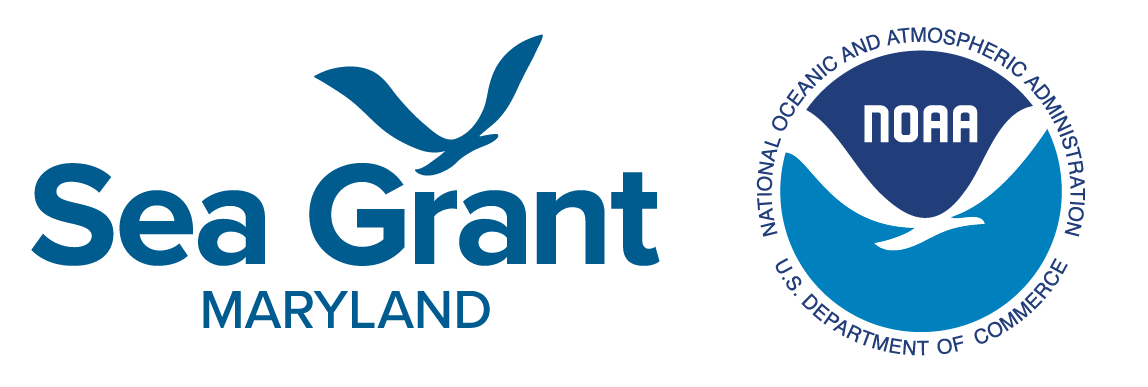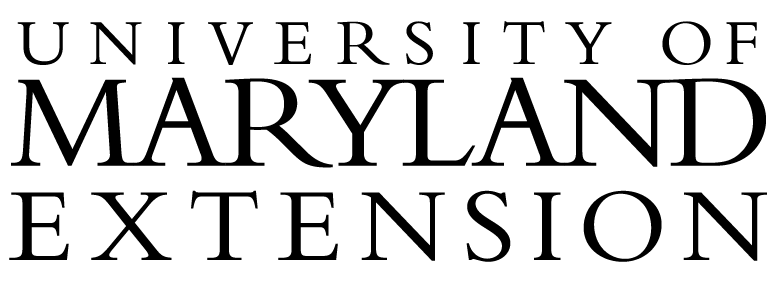Knauss legislative fellowships in Congress help build careers — and they're fun and educational. See our video and fact sheet for details.
Partners
National
National Sea Grant College Program
 Maryland Sea Grant is part of the National Sea Grant College Program, a nationwide network of 32 university programs that share a similar mission of research, education, and outreach on coastal and marine issues. The program is part of the National Oceanic and Atmospheric Administration (NOAA). We maintain connections with other Sea Grant programs, particularly in Mid-Atlantic states, working together on collaborative research efforts.
Maryland Sea Grant is part of the National Sea Grant College Program, a nationwide network of 32 university programs that share a similar mission of research, education, and outreach on coastal and marine issues. The program is part of the National Oceanic and Atmospheric Administration (NOAA). We maintain connections with other Sea Grant programs, particularly in Mid-Atlantic states, working together on collaborative research efforts.
National Oceanic and Atmospheric Administration (NOAA)
 NOAA oversees all of the state Sea Grant programs. The agency’s Congressional appropriation provides about half of Maryland Sea Grant’s annual budget. We work regularly with NOAA to establish our strategic plans, receive guidance, and address the needs of our constituents.
NOAA oversees all of the state Sea Grant programs. The agency’s Congressional appropriation provides about half of Maryland Sea Grant’s annual budget. We work regularly with NOAA to establish our strategic plans, receive guidance, and address the needs of our constituents.
Universities
University System of Maryland
 As a part of the University System of Maryland (USM), Maryland Sea Grant maintains many connections with academic institutions and centers in Maryland and other states. The state of Maryland, through USM, provides about half of Maryland Sea Grant’s annual funding.
As a part of the University System of Maryland (USM), Maryland Sea Grant maintains many connections with academic institutions and centers in Maryland and other states. The state of Maryland, through USM, provides about half of Maryland Sea Grant’s annual funding.
We frequently collaborate with the University of Maryland Center for Environmental Science’s four research centers. The researchers and education specialists at these institutions are crucial in helping build our research portfolio and carrying out our many outreach endeavors.
University of Maryland Extension
 The Maryland Sea Grant Extension specialists are part of the University of Maryland Extension, based at the University of Maryland, College Park. A memorandum of understanding governs the relationship between Maryland Sea Grant and University of Maryland Extension. Learn more about the work of our Extension specialists.
The Maryland Sea Grant Extension specialists are part of the University of Maryland Extension, based at the University of Maryland, College Park. A memorandum of understanding governs the relationship between Maryland Sea Grant and University of Maryland Extension. Learn more about the work of our Extension specialists.
Nonprofit and Government Groups
We work with many nonprofit and government organizations across Maryland whose efforts are central to preserving the Chesapeake Bay. They include:
- Chesapeake Bay Commission
- Chesapeake Bay Foundation
- Chesapeake Bay Program
- Chesapeake Bay Trust
- NOAA Chesapeake Bay Office
- The Nature Conservancy
Collaborative efforts have focused on oyster restoration efforts, blue crab buy back, ecosystem-based fisheries management, and public education.





